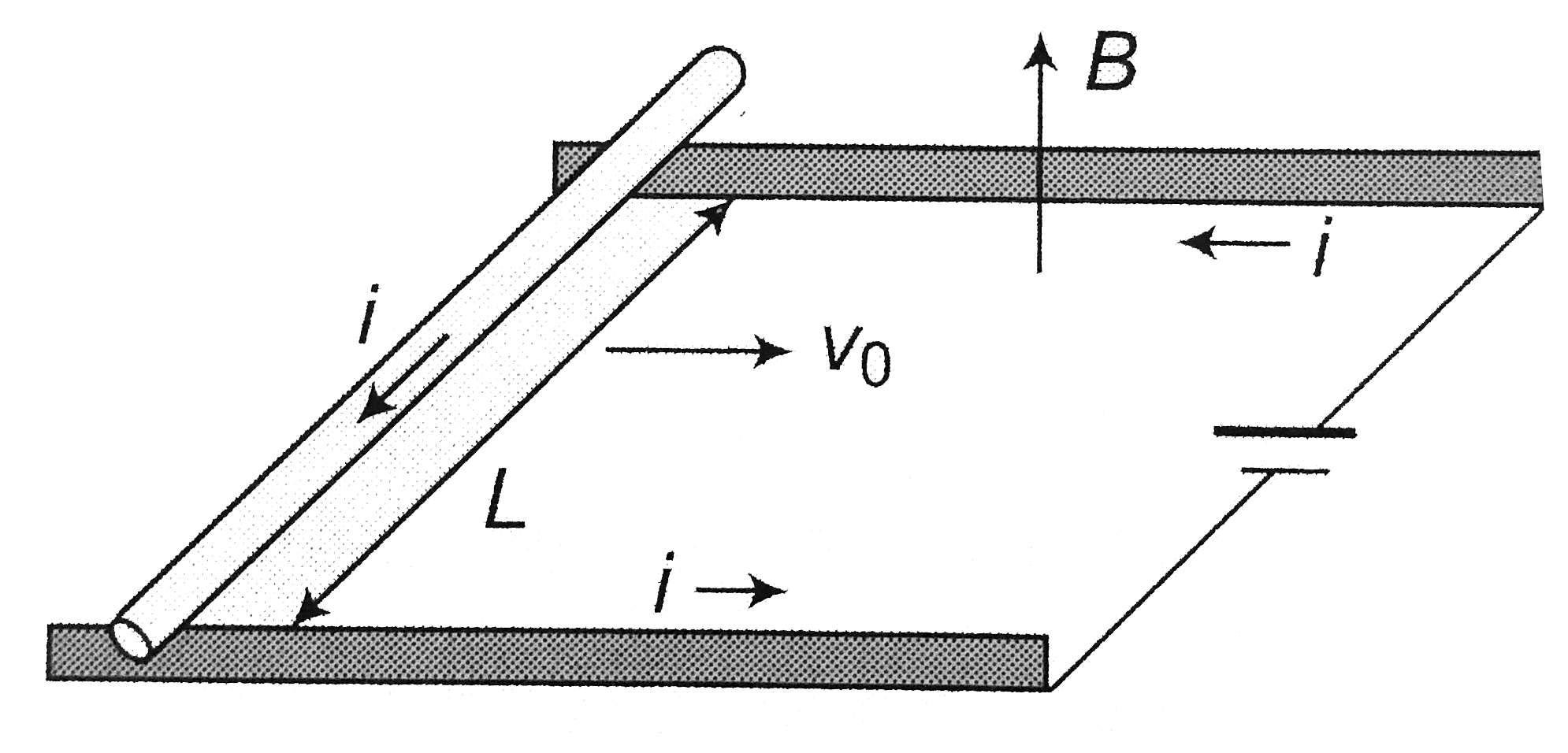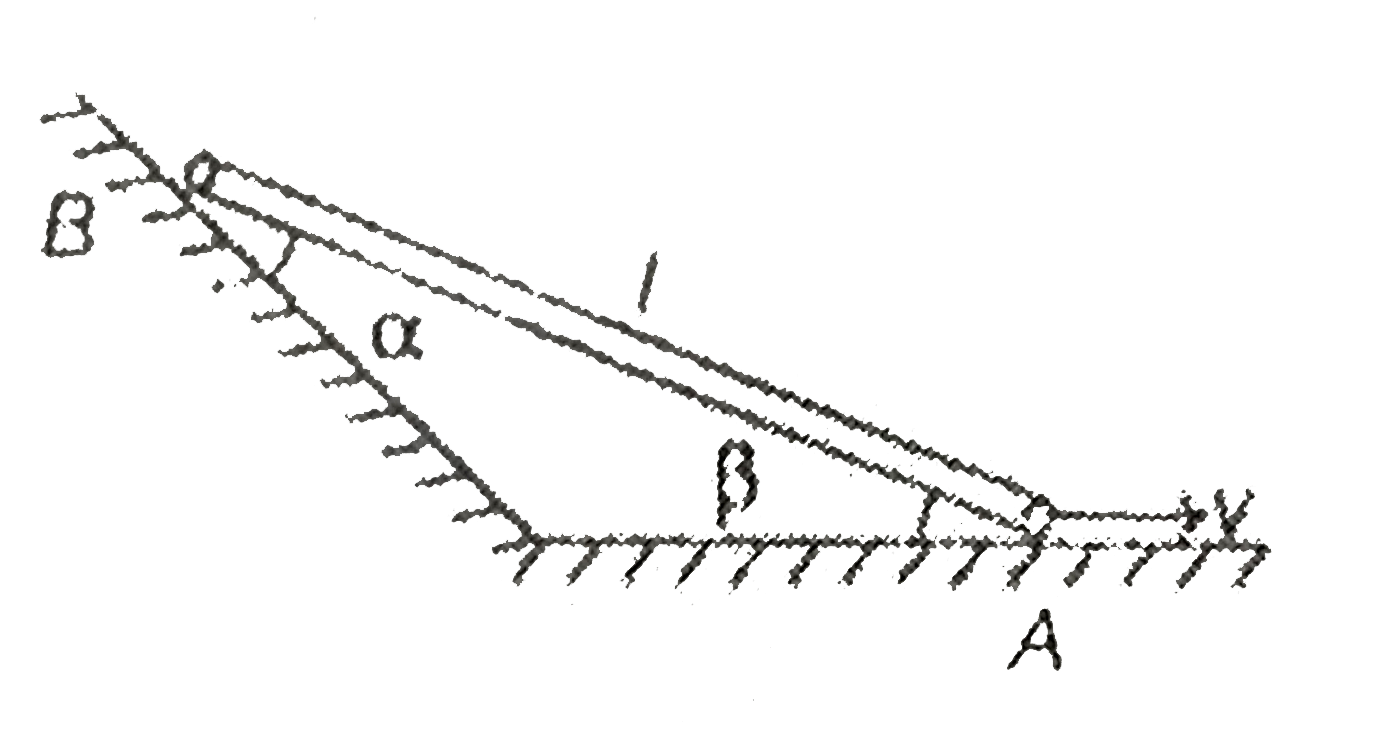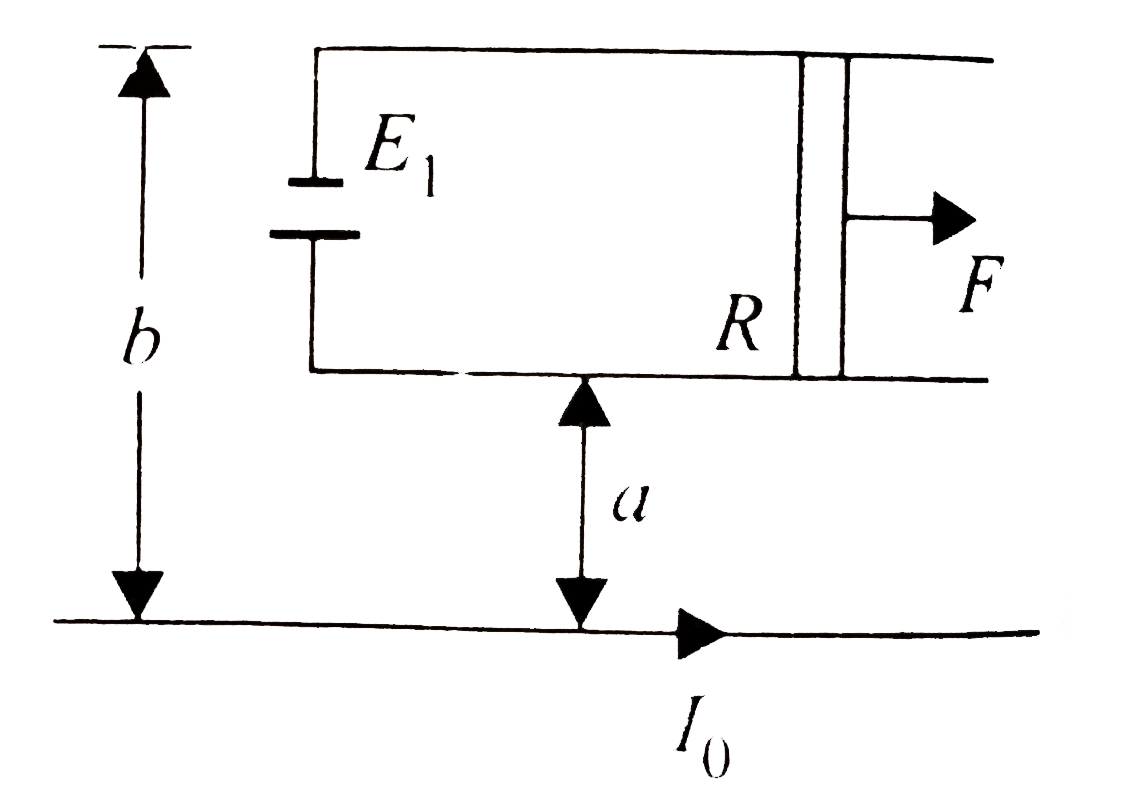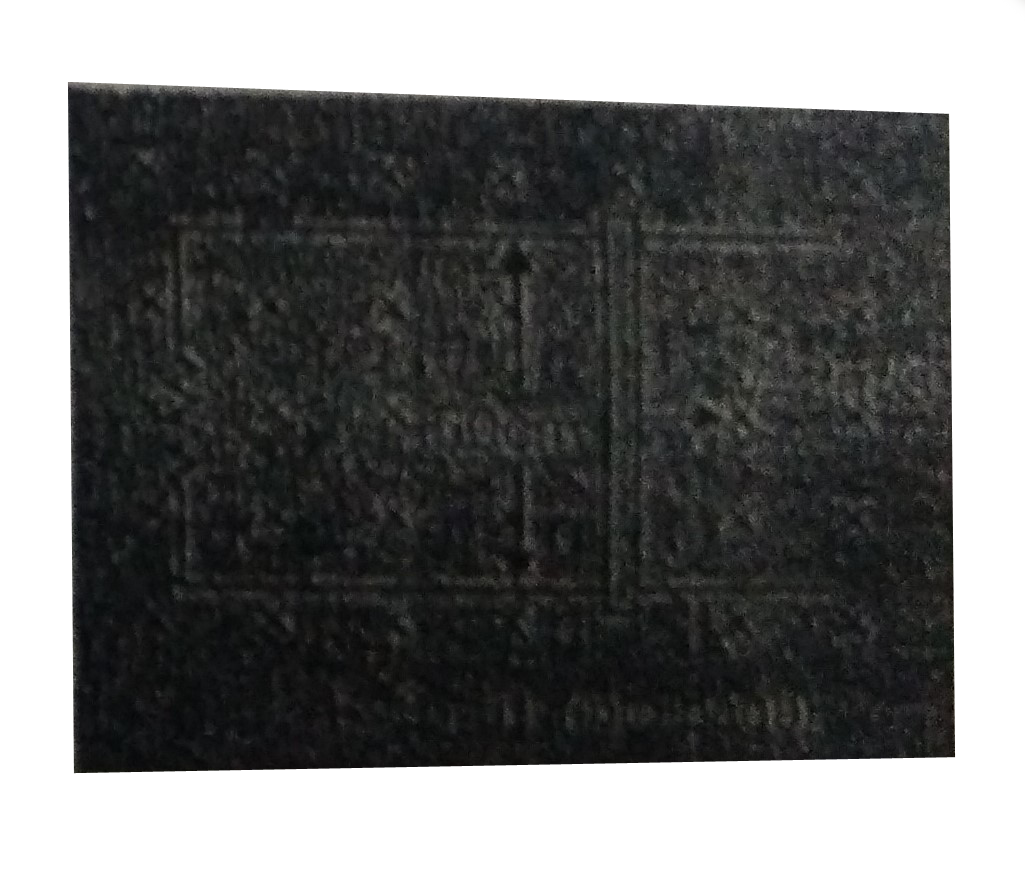A constant current i flows through a metal rod of length L and mass m that slides on frictionless rails as shown in Fig. If the initial speed of the rod is v0 towards right and a magnetic field B acts vertically up, find (a) the speed of the rod as a function of time, (b) the total distance moved by the rod before coming to a stop.

Conceptual
Topper's Solved these Questions
- MOVING CHARGES AND MAGNETISMBOOK - NARAYNACHAPTER - MOVING CHARGES AND MAGNETISMEXERCISE - Level =I (H.W)
42 Videos
- MOVING CHARGES AND MAGNETISMBOOK - NARAYNACHAPTER - MOVING CHARGES AND MAGNETISMEXERCISE - Level -II (H.W)
37 Videos
- MOVING CHARGES AND MAGNETISMBOOK - NARAYNACHAPTER - MOVING CHARGES AND MAGNETISMEXERCISE - LEVEL-V (SINGLE ANSWER QUESTION)
85 Videos
- MAGNETISM AND MATTERBOOK - NARAYNACHAPTER - MAGNETISM AND MATTEREXERCISE - EXERCISE - 4 (SINGLE ANSWER TYPE QUESTION)
17 Videos
- NUCLEAR PHYSICSBOOK - NARAYNACHAPTER - NUCLEAR PHYSICSEXERCISE - LEVEL-II-(H.W)
9 Videos
Similar Questions
A glass rod of length l moves with velocity in a uniform magnetic field B. What is the e.m.f. induced in the rod ?
View SolutionA long straight metal rod has a very long hole of radius a drilled parallel to rod as shown in the figure. If the rod carries a current i. Find the magnetic field (a) on the axis of the rod. (b) on the axis of the hole.

View Solution
Knowledge Check
A rod of length l slided down along the inclined wall as shown in figure. At the instant shown in figure, the speed of end A is v, then the speed of B will be
 AvsinβsinαBvsinαsinβCvcosβcosαDvcosαcosβ
AvsinβsinαBvsinαsinβCvcosβcosαDvcosαcosβA metallic rod of mass m and resistance R is sliding over the 2 conducting frictionless rails as shown in Fig. An infinitely long wire carries a current I0. The distance of the rails from the wire are b and a respectively.

Find the value of F if the rod slides with constant velocityAμ0I02πR[E+μ0I02πv01n∣∣∣ba∣∣∣]1n(ba)Bμ0I0πR[E−μ0I02πv01n∣∣∣ba∣∣∣]1n(ba)Cμ0I02πR[E−μ0I02πv01n∣∣∣ba∣∣∣]1n(ba)DNone of theseA unifrom rod of length l and mass m is free to rotate in a vertical plane about A as shown in Fig. The rod initially in horizontal position is released. The initial angular acceleration of the rod is
 A3g2lB3glCg2lD2gl
A3g2lB3glCg2lD2gl
A metal rod of length l cuts across a uniform magnetic field B with a velocity v. If the resistance of the circuit of which the rod forms a part is r, then the force required to move the rod is
View SolutionA rod of length l is moving velocity v "in magnetic field" b as seen in . Find the emf induced in all three cases.
(a)
View SolutionA metallic rod of mass m and resistance R is sliding over the 2 conducting frictionless rails as shown in Fig. An infinitely long wire carries a current I0. The distance of the rails from the wire are b and a respectively.

Find the value of current in the circuit if the rod slides with constant velocity v0
View SolutionA metal rod of length I is moved with velocity v in a uniform magnetic field →B. Emf is induced between the two ends of rod
View SolutionA metallic rod completes its circuit as shown in the figure. The circuit is normal to a magnetic field of B=0.15 tesla. If the resistances of the rod is 3Ω the force required to move the rod with a constant velocity of 2m/sec is-

View Solution
